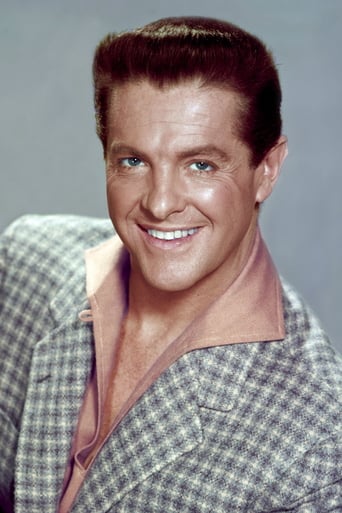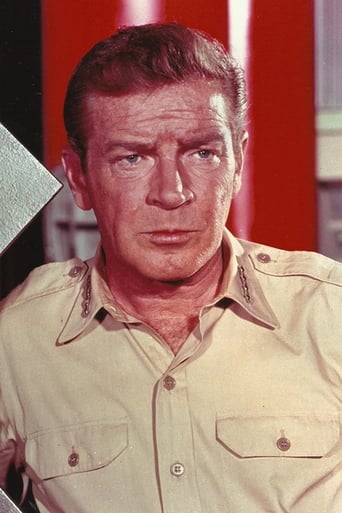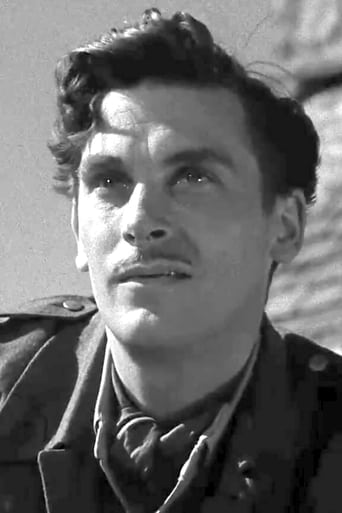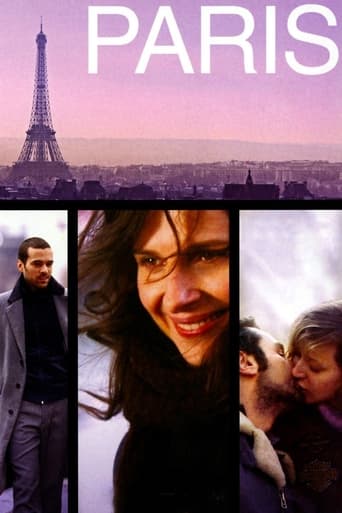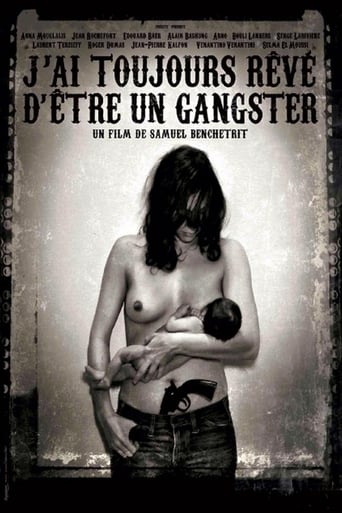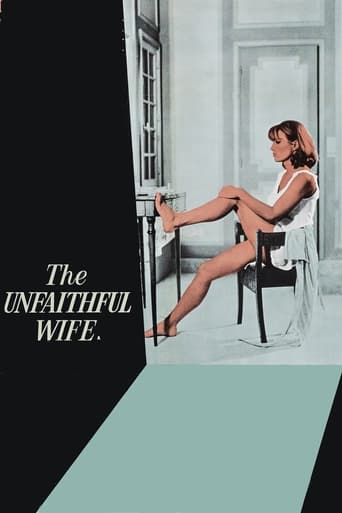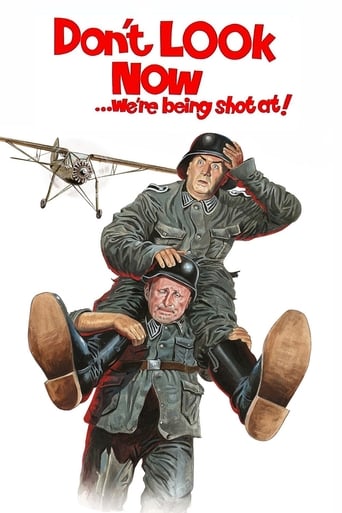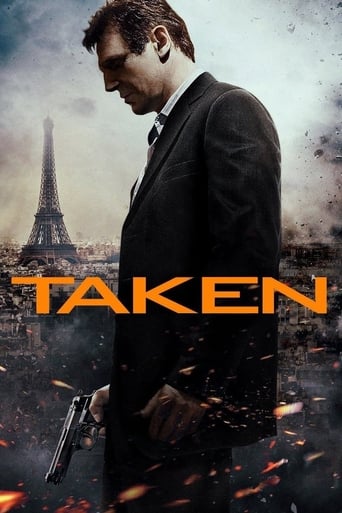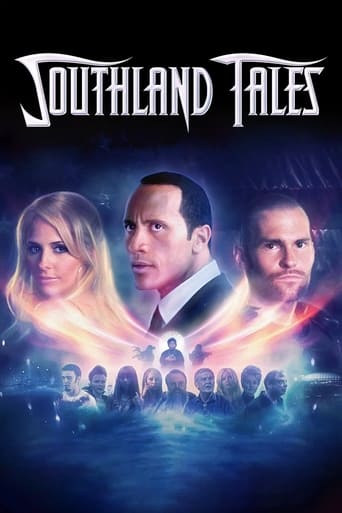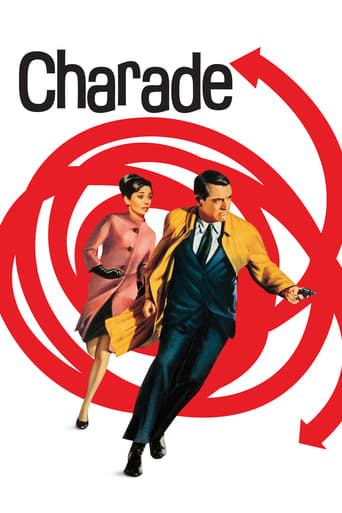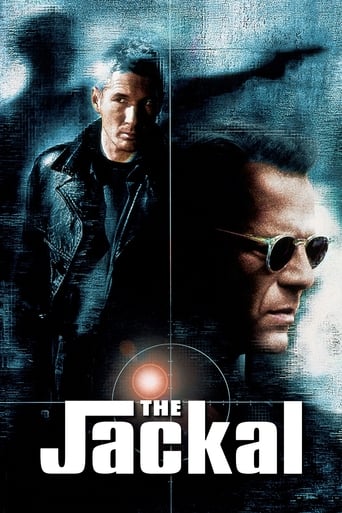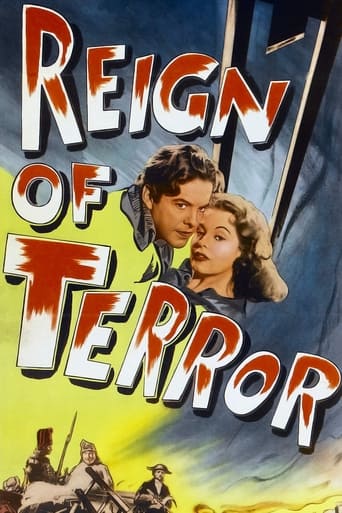
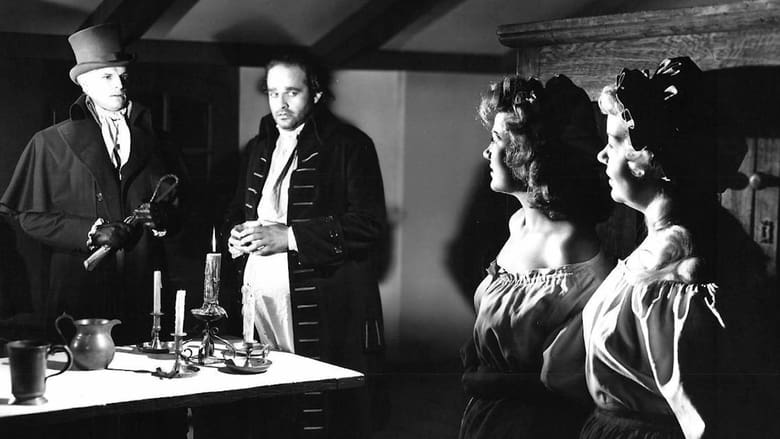
Reign of Terror (1949)
The French Revolution, 1794. The Marquis de Lafayette asks Charles D'Aubigny to infiltrate the Jacobin Party to overthrow Maximilian Robespierre, who, after gaining supreme power and establishing a reign of terror ruled by death, now intends to become the dictator of France.
Watch Trailer
Cast


Similar titles
Reviews
This is a unique film, nothing quite like it on the French Revolution having been seen before or since it was made. The director and cameraman manage to disguise the fact that it is quite a low-budget affair by means of near-fantastical camera work and angles. Even the near-final scene between the 'citizens' and Richard Basehart's maniacal Robespierre seems to be shot with him in close-up, but in front of a back screen of people screaming for his blood. Perhaps this was a way of not having to pay extras for several days of work until Basehart, or the director, or the cinematographer, could get the difficult scene totally under control. Whatever the case, it works beautifully. This is the only true 'costume' noir I can recall, but that French term was neither in existence nor even thought about when Anthony Mann was making this film. Mann went on to a huge career in both spectacles and major Westerns, but directorially he did nothing much better than this. (Any man who can effectively direct the diverse talents of James Stewart, Alec Guinness, Charlton Heston, Sophia Loren and Mario Lanza has much to recommend him!) I saw this when it came out in 1949 and didn't even know what "reign' was, going home to Mom and telling her I'd just seen 'the raygen of terror'. She looked perplexed, so maybe the later title of THE BLACK BOOK was a better choice; it certainly sounds more noirish. Some ill-advised comments have been made here about the two leads, but Robert Cummings, although he excelled in light and sometimes silly comedy, had a solid grounding in excellent dramatic work - between 1942 and 1954 he was also the star of KING'S ROW (yes, he had the starring male role, not Ronald Reagan), Hitchcock's SABOTEUR, then FLESH AND FANTASY, THE LOST MOMENT and SLEEP, MY LOVE, and also as co-star of Hitchcock's DIAL M FOR MURDER, not to mention taking a lovely turn as an angel in a movingly bittersweet and still little-known comedy-drama Western called HEAVEN ONLY KNOWS, where he comes to Earth to escort a little boy's soul back to Heaven, but finds him still alive; the rest of the film's lightness of heart is burdened by the fact that while we get close to the little boy, both we and the angel know he must die; Cummings makes it all work in what can only be termed a near-angelic performance! (Mann also used, more than once, the somewhat similar Dennis O'Keefe, an excellent dramatic lead who was also a phenomenally good farceur - even better than Cummings - when given the opportunity.) Low budget or not, they had to borrow Arlene Dahl from M-G-M for this one, and I'd strongly suggest that anyone who thinks Ms. Dahl could provide only beauty to a good acting cast has obviously never seen her as the two-timing and grasping lead of NO QUESTIONS ASKED or as Rhonda Fleming's psychopathic bad sister in SLIGHTLY SCARLET. A load of top-flight character actors - Arnold Moss, Norman Lloyd, Charles McGraw and Beulah Bondi - take turns at almost stealing the film, but the leads hold onto their characters and do full justice to their best reputations, most especially Basehart (an actor who, despite a near-profound acting versatility, never seemed to quite find his niche in movies, which probably says more about us than it does about him). Anyway, it really deserves a 10 rating, but I must restrict myself to a 9 due to that damned budget, which encourages imagination on the parts of all concerned but still leaves you wishing a more Hitchcockian funding could have been found for the film. But Hitchcock had, earlier on, excelled at making masterpieces on starvation budgets and Mann follows nobly in his footsteps, for this remains a delightfully suspenseful and engrossing outing from beginning to end.
Robert Cummings, Richard Basehart, Arlene Dahl, and Norman Lloyd star in this excellent little tense thriller set during the French Revolution. I went into this knowing nothing, and really the viewer doesn't need to know anything. If you love fast-paced espionage films, this is the one to see. With great production values supervised by director Anthony Mann, this has to be one of the best movies made in 1949, even though it's been forgotten in the years since. Robert Cummings is looking for a certain book, obviously, to bring down Richard Basehart, who's in power and control over the people. And, Arlene Dahl has never looked lovelier. One of the film's best attributes is in creating the mood and moment as it heightens the tension, while the law is looking for Bob and Arlene at an old farmhouse and the quiet scenes are very memorable and tense. From there on, the film is on another plane entirely and is better than one would expect from such a little film. If you've never seen this, you're missing one of the best films to come from director Anthony Mann.
I didn't think I'd enjoy this film given the description on the DVD sleeve and it's setting during the time of the French Revolution, but it quickly got my attention with it's darkness and intrigue. Since my earliest memory of Robert Cummings is from the late Fifties TV series "The Bob Cummings Show" (I saw it as 'Love That Bob'), I can't help but think of him as the slick, sophisticated bachelor hitting on every model who shows up at his photography studio. So it was rather comical to me to see his reaction to the Lady Madelon (Arlene Dahl) impersonating the wife of the man Cummings is himself working undercover as.The story of course is not a comedy, in fact it's full of espionage and intrigue about the historical Robespierre (Richard Basehart) and his attempt to become dictator of France while eliminating potential opposition named in his personal Black Book. I was intrigued by an early description of the man - a fanatic with powdered wig and twisted mind. Indeed, Robespierre spends a good portion of the picture marking adversaries for death with limited patience and a disdain for failure. He'd be a perfect subject for a modern day film treatment.Others on this board describe the picture as noir in style, and even though I don't think I would have come up with that connection myself, it does seem to fit. The picture is dark and confining and presents a host of duplicitous characters with all manner of evil deeds on their mind. An added bonus is the effective use of period costumes, and superb direction under the watchful eye of director Anthony Mann.
The first question I have to ask is why would Maximilien Robespierre, who generally was a pretty smart guy until he overreached, keep a written record of the people he's earmarking for denunciation and death. That's the sort of thing you'd think he'd have just in his head. But he's got it, people know he has it and unfortunately for Richard Basehart the wrong people know he has it.Which brings me to the plot of the story of Reign Of Terror. The famous Marquis De Lafayette who was in exile at that point has sent an agent in the person of Robert Cummings to find the book and expose Robespierre's plans to eliminate possible opponents. The beautiful Arlene Dahl is working for another member of the National Assembly with similar aims and they join forces.If Reign Of Terror had been done at a major studio like MGM or Paramount we might have seen a full blown color production. As it was this film was done at the short lived Eagle-Lion Studios and it was mostly filmed in shadows to disguise the cheapness of the sets. In doing that it gives Reign Of Terror a noir like quality that is the second most effective thing in the film. The atmosphere is one like a Universal Gothic horror film.But the best thing about the film is the way Richard Basehart captures the character of the cold, bloodless, and merciless Robespierre. Robespierre was a man who disdained the pleasures of the flesh and the world had recently been dealing with another fanatic named Hitler who was the same way.If you discount the silliness of Robespierre actually keeping a written list somewhere, Reign Of Terror despite its cheap production values, does effectively capture the mood of France in the middle 1790s. And Basehart is brilliant in his role.


